AAA
Tibetan Buddhist ring, lotus flower. Rotating flower in the center. 925 silver, turquoise copper or nan hong agate. Size adjustable.
Tibetan Buddhist ring, lotus flower. Rotating flower in the center. 925 silver, turquoise copper or nan hong agate. Size adjustable.
Couldn't load pickup availability
Tibetan Buddhist ring, lotus flower.
Flower rotating in the center, thanks to a precision ball bearing system, developed in Germany.
hallmarked 925 silver
copper
A choice of turquoise from Hubei province or nan hong agate (red from the south), volcanic agate due to its intense red color and its natural cinnabar content
Size adjustable by a sliding system as shown in the ninth photo.
As a gemologist graduated from the National Institute of Gemmology in Paris, all our stones are appraised and certified.
In Buddhist symbolism, the lotus represents purity of body, speech, and mind, as if floating above the muddy waters of attachment and desire.
The Buddha is often depicted seated on a giant lotus leaf or bud. According to legend, he was born with the ability to walk and wherever he set foot, lotus flowers bloomed. In Buddhism the lotus flower is emblematic of Buddha.
Throughout the Indian world there are many paintings, sculptures and representations of the lotus flower. This is due to the unique feature of the lotus which is the only aquatic plant whose flower is above water unlike water lilies and other cousins whose flower floats on water. This image, connoting lightness, of the flower rising above the surface of the water joins that of Buddha so light that he rests like a cat above the ground.
The symbolism of the lotus in Buddhism still comes from the fact that the seed and the flower appear together, it is about the simultaneity of the cause (the seed) and the effect (the flower) in the law of causality of the universe which is one of the major concepts of Buddhist philosophy. To this we must add that the lotus draws its vital substance from the mud to flourish, in fact, above the water. Thus “the mud” represents the sufferings, the troubles, the desires, which are the very soil of our development. It is therefore possible to transform one's karma through enlightenment, the attainment of Buddhahood, through our awakening to the law of causality. Always present in domestic altars and in temples, the lotus is both an ornament and a religious offering.
Share
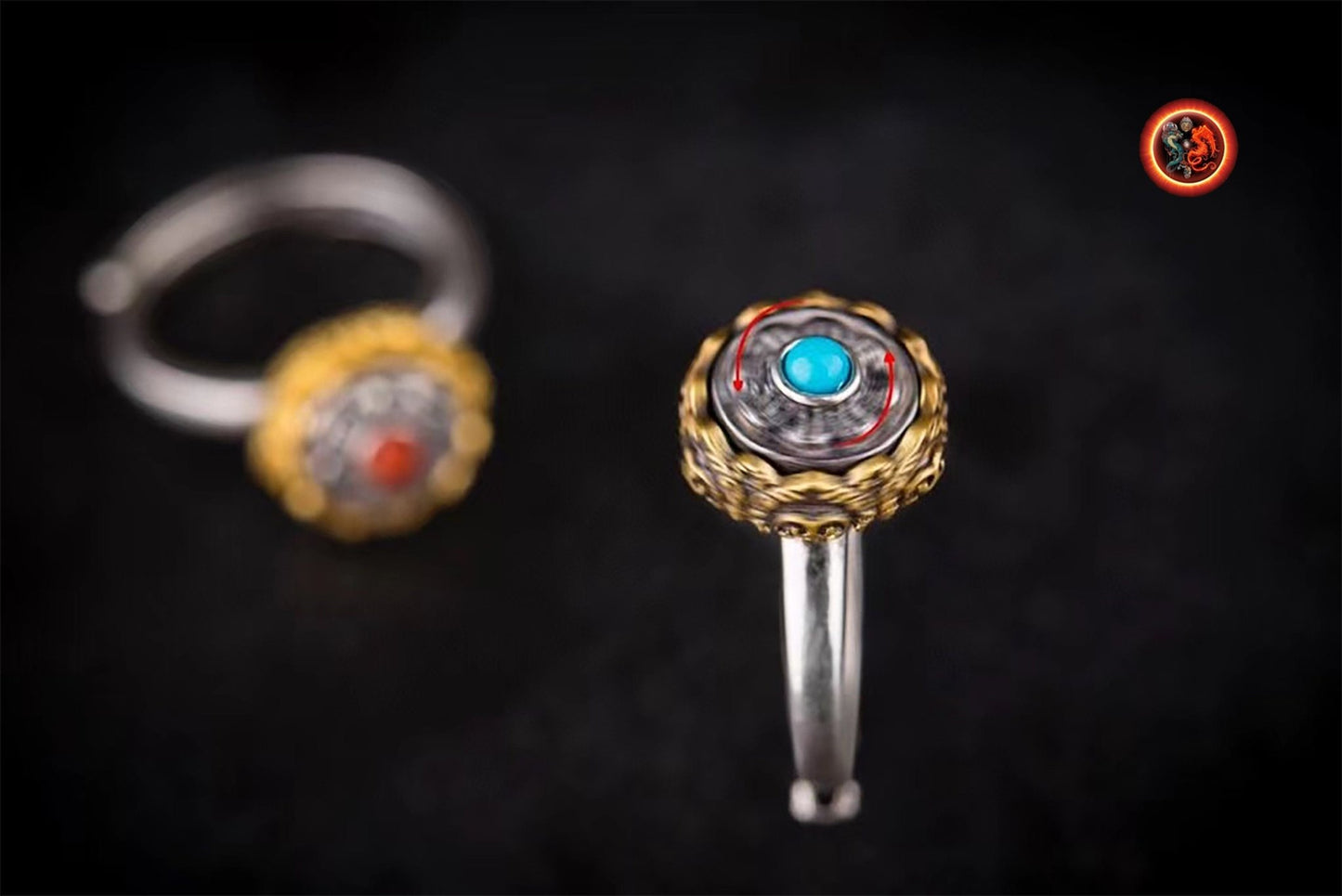

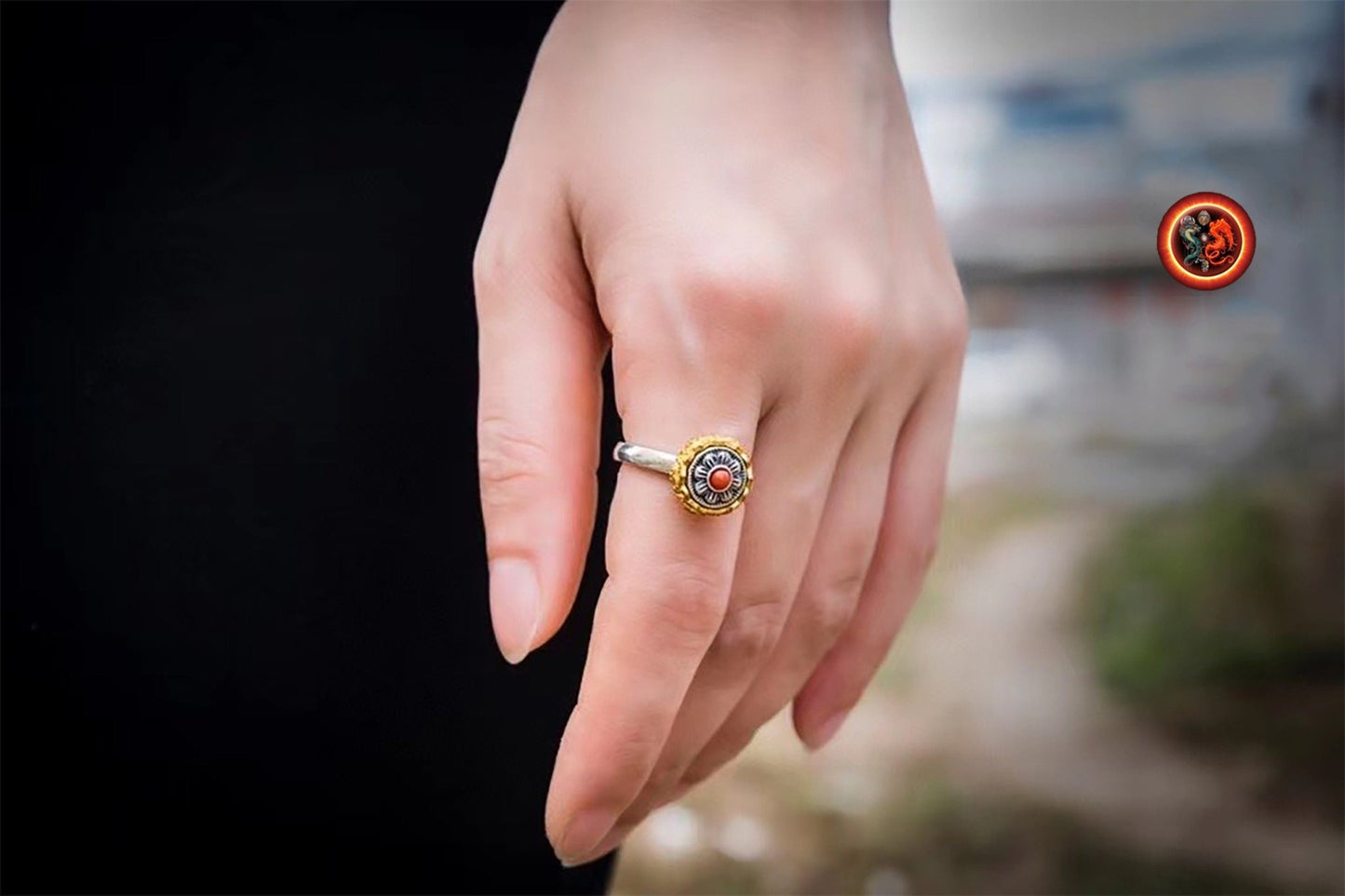

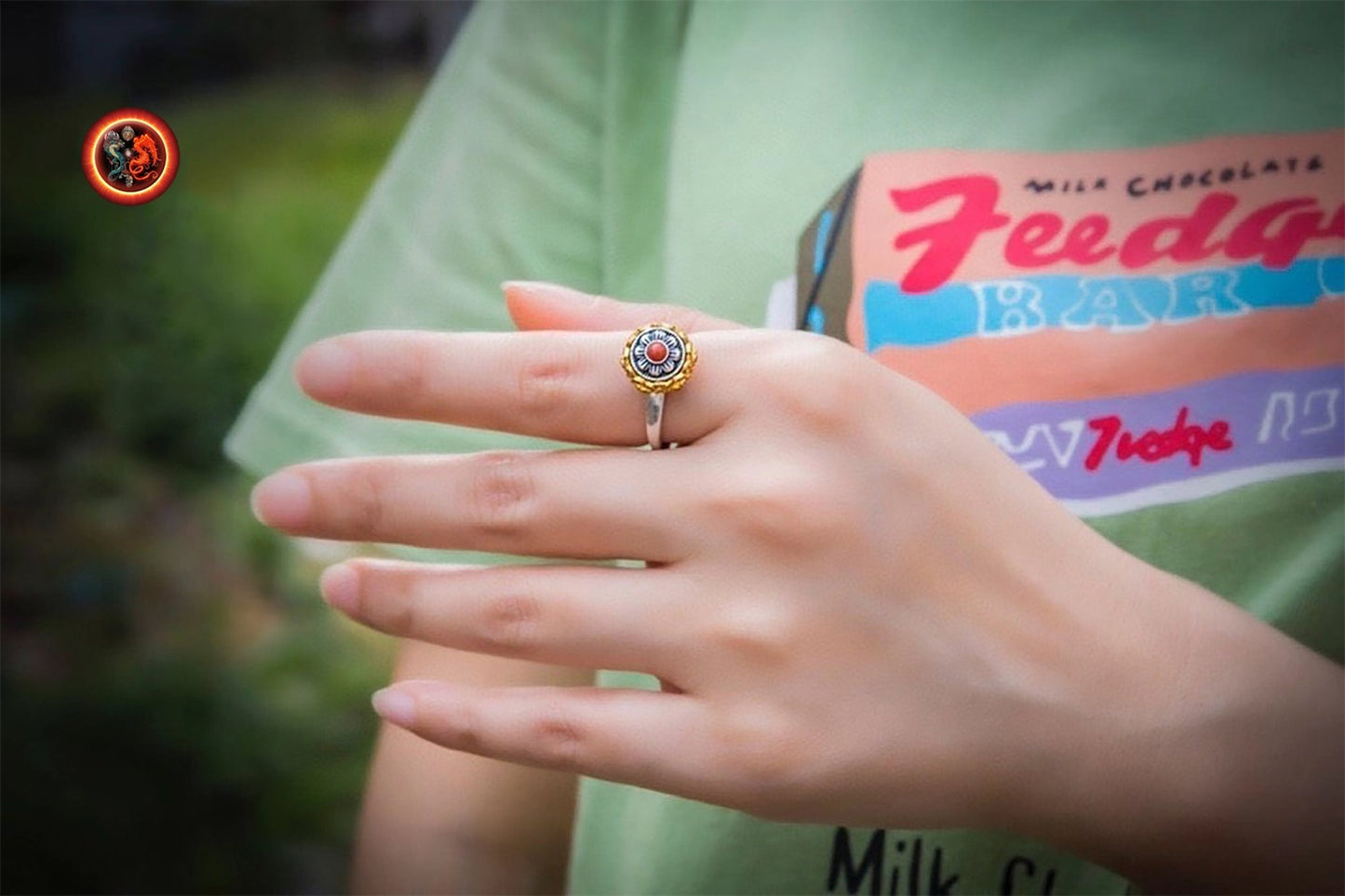
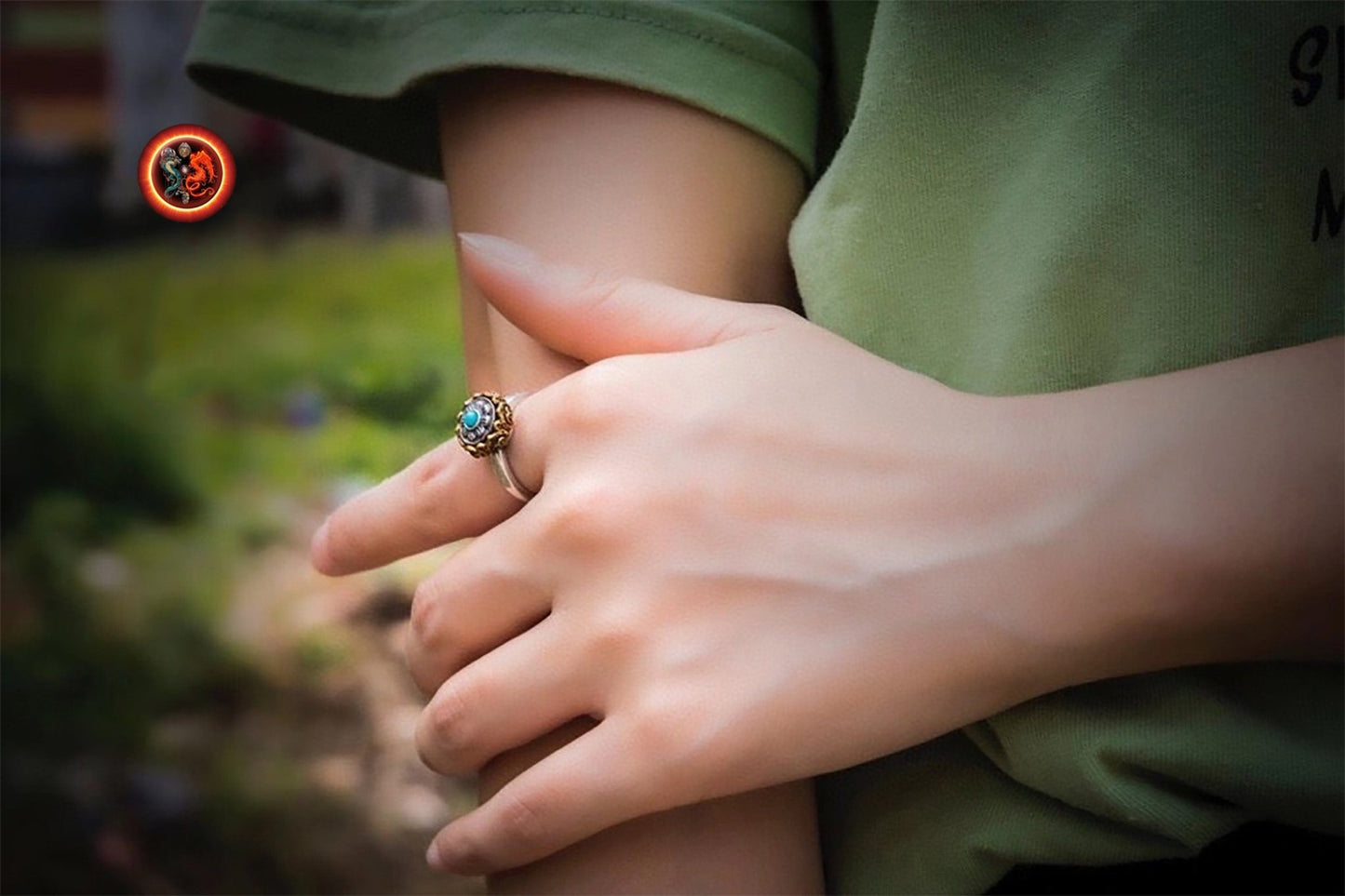
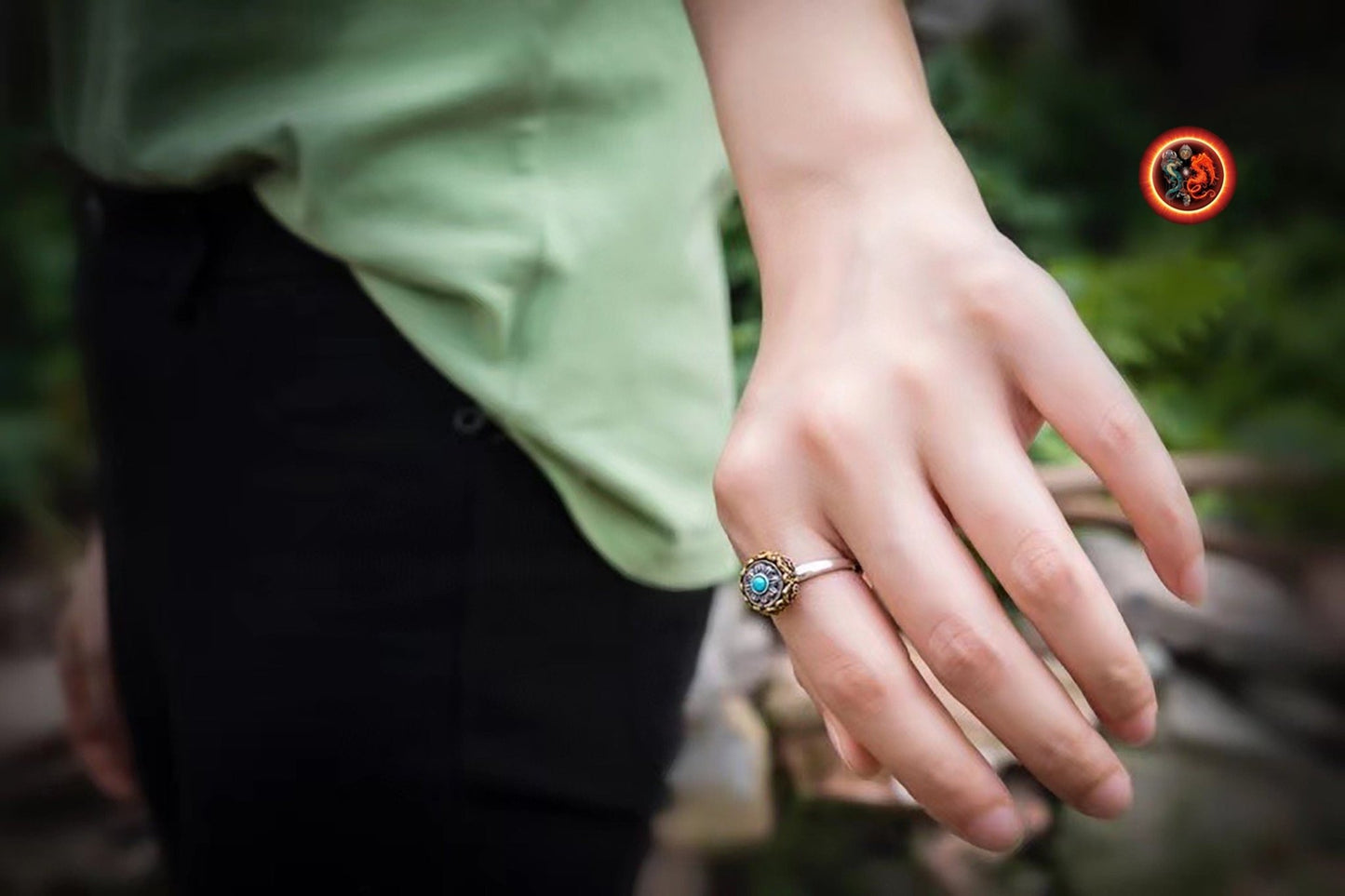
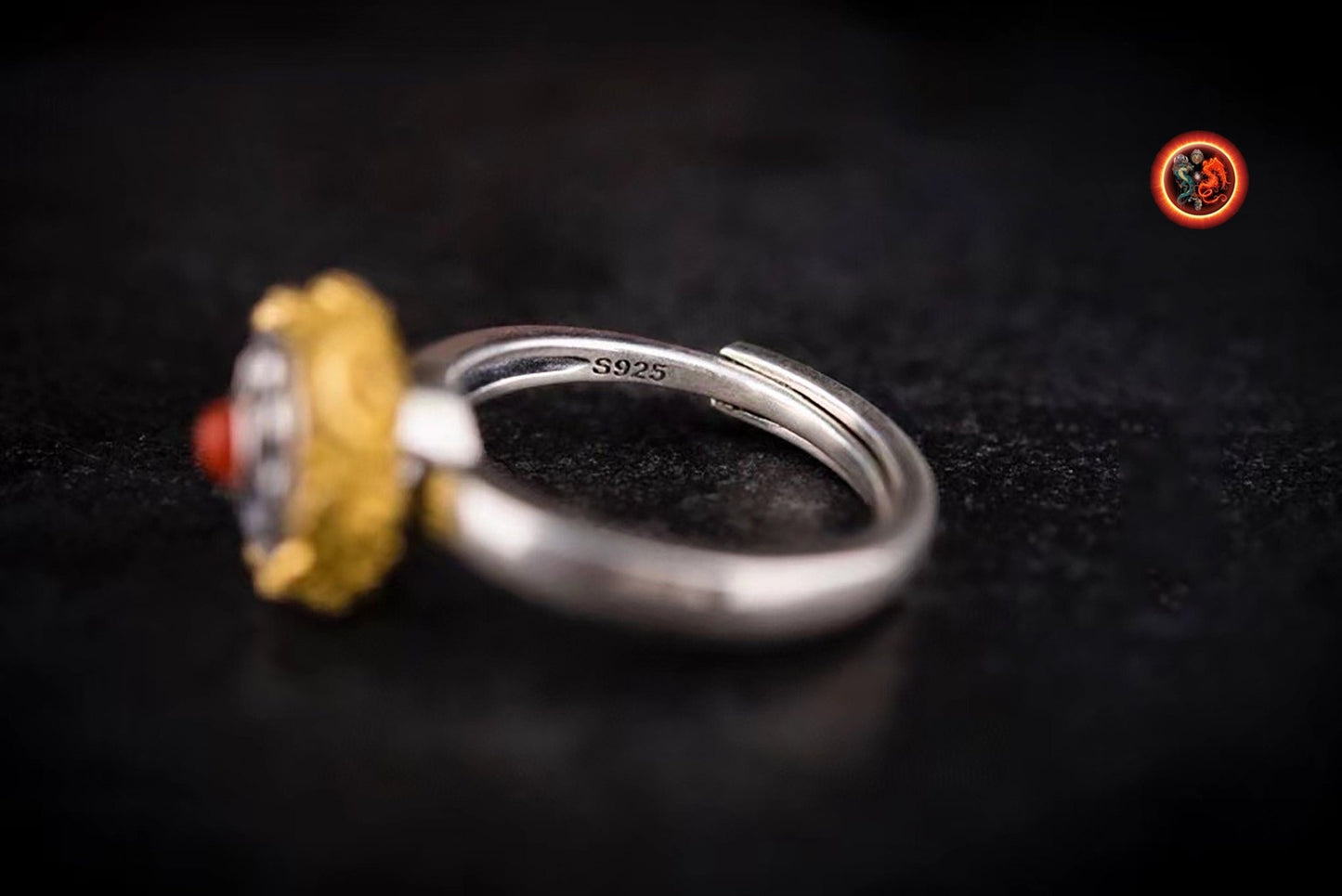



Return conditions for a Zen purchase
We offer you a money back guarantee within 14 days after delivery of your order.
If you are not completely satisfied with your purchase, please contact us to arrange a return of the product and a refund.
Except for returns, shipping is free on all orders.
Multi-column
Button text-

100% secure payment
3 times interest-free option with Scalapay
-

Free delivery in France and internationally
14 days money back guarantee after delivery (see our conditions of sale)
-

Column
Excellent customer service
Live chat
Whatsapp +33674049312
Let customers speak for us
from 917 reviews4eme pièce que j'achète et encore une fois, jamais déçue de l'unicité et de l'originalité. Coup de cœur pour ce bracelet en magnifiques molaires de mammouth, charge de vie et d'histoire. Attention pour un tout petit poignet de fille comme le mien cela peut être trop grand. N'hésitez pas à poser la question à Jeremy sur les tailles, il répond toujours et il est très réactif.

Déjà j’au été très impressionné par la qualité du site web pour tout chercheur de vérité mais également pour la disponibilité de Jérôme qui a su dépasser mes plus grandes attentes pour la commande sur mesure d’un mala en Obsidienne Œil Céleste – Dragon & Bagua Feng Shui. Gràce à ce puissant talisman je peux désormais continuer ma route sereinement. Un très grand merci sincèrement.

magnifique, puissant et apaisant, il m'aide à garder mon calme je le trouve absolument parfait!

J'ai eu l'occasion de rencontrer Jérémy sur Paris avant l'achat...très bon contact avec lui ..il sait de quoi il parle...je suis revenu vers lui pour l'achat de cette magnifique statue...elle a été emballee avec beaucoup de soin pour une expédition de chine... vraiment très satisfait de cet achat..merci

Pendentif dragon en obsidienne œil céleste - Symbole spirituel

Le collier est superbe, et ce pendentif magnifique, ses détails! et l'odeur du bois de santal que c'est agréable! Qualité extra! Contact excellent avec Jérémy, merci beaucoup pour votre gentillesse! Quelle qualité, vivement le mala !

L'objet est très joli et malgré que je ne sois pas un spécialiste, je trouve que le crystal est beau. Il n'est pas parfait et cela me rassure sur la qualité du produit qui est sensé être naturel donc imparfait.
Très bien emballé et en plus housse de rangement offerte.
MERCI

J’ai commandé un crâne de dragon, il est super beau et très puissant. Je l’adore 😍 Et l’envoi a été très rapide 🤗 merci 🙏🏻

bracelet puissant, je suis content de mon achat

Cet artisan est gémologue, il travaille avec des artisans qui sont des vrais artistes, je suis bluffé par la qualité des ouvrages sur l’argent et sa qualité. Quand à la qualité des pierres pas besoin d’être gémologue pour voir la qualité exceptionnelle des pierres, encore une fois le travail de sculpture est exceptionnel.
Mon mala traditionnel est une pure merveille dans la tradition originelle. Le ghau est une merveille qui me comble.
Bref que dire de plus :). Allez sur son site.
PS : vendeur qui connait son métier et les traditions bouddhistes ce qui est un plus en plus :)

Ce crâne est un Etre de Lumière. Attirant , inspirant , "parlant".
Il est un Ami qui tire mes pensées vers le Haut.
Ses énergies vibrent à des fréquences élevées. Il est puissant dans la douceur.
Un crâne de Dragon m'assite également. Merveilleux !

Très beaux bracelet et très puissants

Magnifique crâne givré de l'Himalaya.

cette chevalière est tres bien réalisé, avec beaucoup de détails, je suis heureux de l'avoir















